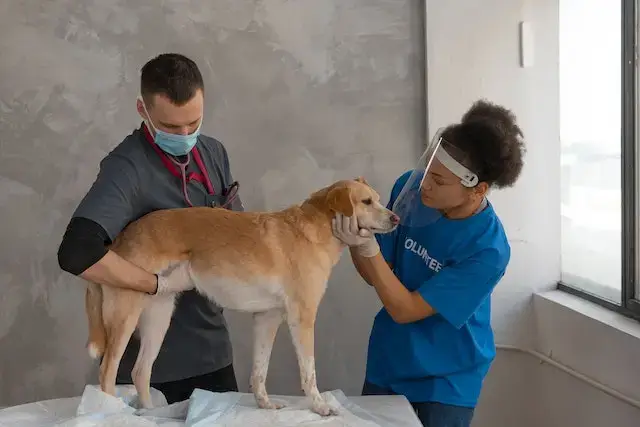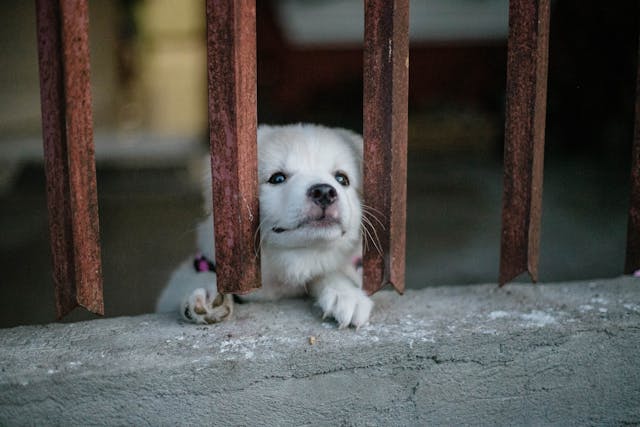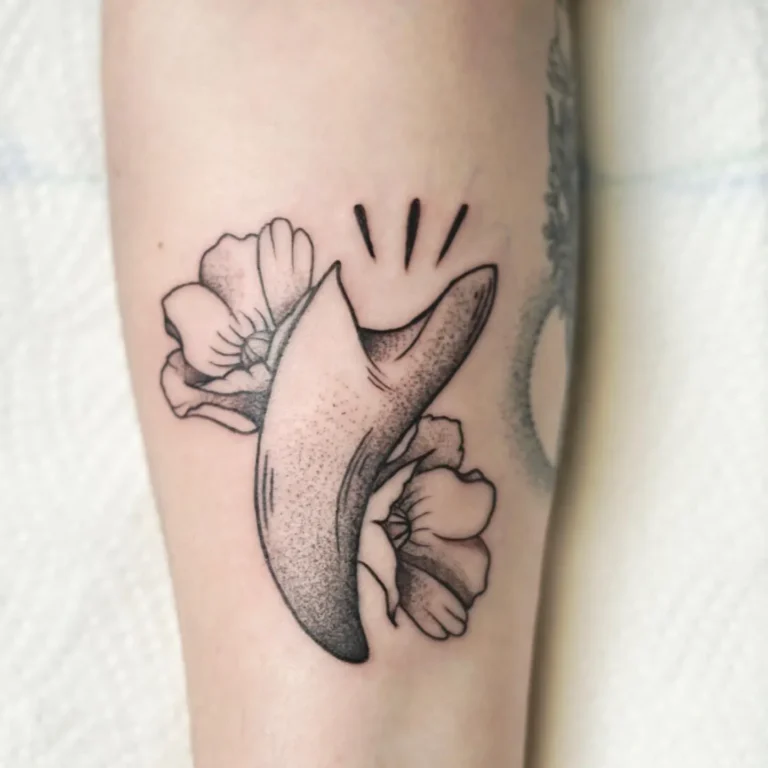Can Dogs Get Blue Balls? Symptoms, Causes, & Treatment!
If you are reading this article right now, you are probably a distraught dog owner who just noticed a tinge of bluish shade around your dog’s testicles, so you have come to us with your big question.
Can dogs get blue balls? The answer is yes, but don’t worry. We know that you have no clue as to what to do, so this is exactly how this article will help you.
Can Dogs Get Blue Balls?

If you were to look at it technically, the answer should be no, so if at all you see that the testicles of your balls have discolored (in other words, turned blue), know that there is a vet visit due.
Dogs can get blue balls, but not in the way humans do. Blue balls in a dog are abnormal and are an immediate call for attention.
So, remember that here, it is not a mere sign of some extended period of arousal but something more serious, much more severe.
The medical term for blue balls in a dog is epididymal hypertension, characterized by a lot of pain and discomfort around the testicles, along with a color change.
Why Do Dogs Testicles Change Color?
This could happen due to medical conditions like torsion or testicular infections. In this case, the vet needs to be notified right away. However, know that with proper veterinary care, this can be prevented.
Infection of the testicles, commonly known as orchitis, can also cause blue balls in dogs. This condition is where bacteria enter the testicles, mainly due to prostatic secretions. This makes way for other pathogens and viruses too.
Sometimes the reason could be fungal infections, which the dog could have picked from his time outdoors.
Torsion is a more serious issue where a dog’s testes have been rotated or twisted. This could cause significant damage to the blood vessels, ducts, and nerves in that area, hindering blood supply and causing considerable pain. As a result, you will also find that the dog’s testes have been discolored.
Must Read: Why are my dogs balls black?
What Are The Symptoms Of Testicular Infection And Torsion?

From all this, you can see how testicular infection and torsion are severe conditions. According to sources, the following are some symptoms an owner needs to watch out for.
- Inactivity:
You will find that your dog is no longer interested in the activities that would once excite him. Instead, he is showing you signs of weakness which may come across as lethargy to you. In addition to that, he may also hesitate to walk or stand. All these are signs of infection or torsion in a dog.
- Pain:
This pain can be in the abdomen or scrotum and is hard to detect as dogs sometimes hide their pain due to love for their owners. However, your dog will make it known to you in certain extreme cases.
He may yelp, lick himself more often, or suddenly get a bit aggressive or quiet. As a dog owner, you would by now know that these are signs of pain in a dog.
- Fever:
Fever can have many causes, from mild infections to things like torsion in the testicles. So, don’t jump the gun. Wait for a while as you watch for any other symptoms.
- Loss of appetite:
This is a sad sight when your dog is going to show no interest in eating even the best treats that you give him. If all he eats, he may react badly to it by vomiting. He may also not drink any water. Depending on the severity, your dog might also experience abdominal pain in the torsion case.
- Swollen and discolored testes:
This is another symptom that could have various reasons, so you could begin with a few home remedies like placing on his testicles a few ice packs. And if these, too, do not work, then this could be one of the two problems discussed, so take him to a vet who can examine him.
- Shock:
You will know it when your dog is in shock. It is going to show in his behavior, it is going to show in his breathing, and it is going to show in his pulse and overall health, so these are some other things that you should be watching.
Note: If your dog is showing any of the above symptoms for long, or if he is showing a couple at once, you should take him to the vet for a visit. This could be a sign of testicular infection or testicular torsion, so make sure that you do not delay whatever action you need to take and do something about it.
What’s The Best Way To Treat It?

Treatment mainly depends on how severe the dog’s condition is and can vary from something as simple as antibiotic therapy to a more severe case of hospitalization.
One of the first things your vet will do is conduct a test. This will help him determine the kind of medication needed for his recovery.
In some severe cases, this can include anything from simple inflammatory drugs to neutering. Neutering prevents the infection from spreading to other vital organs.
In the case of testicular torsion, the vet will first want to analyze the samples of your dog’s blood to know whether or not he is fit for surgical treatment.
He then conducts other tests to determine the affected areas before performing surgery. Sometimes, a dog may have damaged tissue. In such a case, the vet may have to remove one or both testicles as the infection could otherwise spread to the other vital organs.
How To Prevent Testicular Torsion In Dogs?
No one wants to see their dog in pain, especially not if it is your dog. And so, while testicular torsion can be cured, as the age-old saying goes, prevention is always better than cure.
That said, the following are a few things that you can take care of to see that testicular torsion does not occur in your dog.
1. Paying Attention to Changes:
Monitor your dog for any unusual behavior, such as excessive licking of the testicular area, discomfort, or swelling. These could be signs of a potential problem.
2. Treat Wounds At the Earliest:
A lot of times, testicular torsion results from bite wounds that can, in time, get punctured. Also, these wounds could way for a lot of bacteria that enter the scrotum, leading to infection too. This makes it very important to check for wounds on your dog, especially those around the testicles.
3. Visits To the Visit:
Timely visits to the vet are a must when you have a pet. Often testicular torsion could result from some life-threatening diseases that have gone unchecked. Now that you have seen some of the symptoms of testicular infection and torsion, do rush to the vet when you detect any of these on your pet.
These are some of the things that you can do on your part, and if at all your dog does get to see such a dreadful day, worry not, for with your vet and with your prayers, you and your dog and soon going to restore him back to health someday.
Recommended Reading: Are all puppies born with worms?
Why Does My Dog Keep Licking His Balls?

It’s a good thing that you are concerned. Now this could have many reasons. Sometimes your dog could be bored, stressed, or irritated. This is what you see as behavioral overlicking.
There you can address this by giving him the right kind of attention and affection.
However, make sure that you have a closer look, and if you find that he is doing it more often, then it could be something more serious.
Frequently Asked Questions
Now that you know what you should do, let’s end with a look at a few FAQs.
Q1. Why are my dog’s balls pink?
Ans: You mean red, ok light pink. There could be many reasons for this, from a minor skin rash that can be treated at home to a medical condition that will require some attention.
Q2. Why are my dogs’ balls purple?
Ans: Purple is just another word here for blue, so in this case, all that is said in the above article will apply to you. Your dog is either going through a testicular infection or a more severe testicular torsion, so make sure that you take him to the vet immediately.
Q3. Why are my dogs’ balls bleeding?
Ans: Again, there is no one reason for this. It could be anything from diseases caused by bites or ticks to a more severe swelling, a symptom of a more serious condition.
Q4. How to tell if your dog has testicular cancer?
Ans: Signs of testicular cancer in dogs include enlarged testes, signs of discomfort, frequent urination or difficulty urinating, swelling in the abdomen, and blood in the urine. However, symptoms can be subtle, so regular vet check-ups are essential.
Q5. Do dogs get sexually frustrated?
Ans: Yes, dogs can experience sexual frustration, especially if they’re not neutered. Signs include mounting behavior, marking territory more than usual, and aggressive behavior. It’s crucial to relieve these behaviors through appropriate training or neutering.
Q6. Can dogs have 4 balls?
Ans: No, typically, dogs have two testicles. If your dog appears to have more, it could be a condition like cryptorchidism or a tumor. Seek a veterinarian’s advice if you notice any abnormalities.
Final Thoughts
Now that you know how to address the problem of blue balls in your dog, it is time to take a deep breath and relax. It is not the end of the world for you or your dog.
Know that your dog can sense when you are tense and would not want this for you.
You have a fantastic vet who knows what is best and will get your dog treated well if you visit at the earliest.






